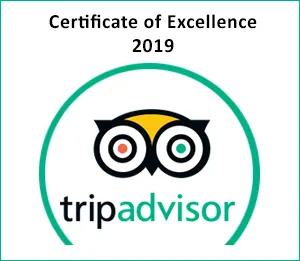Golden Triangle Travel Information
Golden Triangle Description:
The Golden Triangle is a particularly fertile region of mountains and valleys where the borders of Thailand, Myanmar, and Laos meet. The exact coordinates of the borders of these three countries are designated by a marker built at the confluences of the Mekong and Ruak Rivers.
Among the misty mountain forests, hill tribes like the Akha and Karen ethnic groups still live simple lives not too different from their ancestors that settled here centuries ago. The remains of ancient civilizations, like ruins from the Lanna Kingdom that held sway in the region between the 13th and 18th centuries, peak through the thick vegetation, slowly being reabsorbed by the jungle that birthed them.
Cruises up the Mekong River, elephant treks into the mountains, and agricultural tours of the area’s many tea and coffee plantations are popular itinerary items for travelers on luxury tours of Thailand.
Historically, the region has been the epicenter of opium production in Southeast Asia for centuries, but thanks to efforts by the Mae Fah Luang Foundation, the Northern Thailand portion of this mountain region has eradicated most poppy cultivation, and pushed the local economy towards sustainable agriculture and tourism.
Best Time to Visit Golden Triangle:
The best weather for tours of Northern Thailand’s Golden Triangle region is during the temperate season November through January. The seasonal rains fall June through October, and February to May mark the highest temperatures.
How to get to Golden Triangle:
The exact coordinates of the Golden Triangle are marked with a platform that rests where the Mekong and Ruak River converge. It’s best reached by a private boat from the small town of Sop Ruak, or by river cruises that start further south in towns like Mae Salong.
Golden Triangle Highlights:
The Golden Triangle is one of the most fertile regions in the world, and the wealth of cultural and outdoor activities leaves travelers in of tours of Thailand in awe of the surrounding natural beauty.
Appropriate Attire:
Western wear is acceptable for most excursions, but if you’re planning to visit any of the temples or shrines in the region it’s best to cover your shoulders, arms, and knees while on holy ground.

